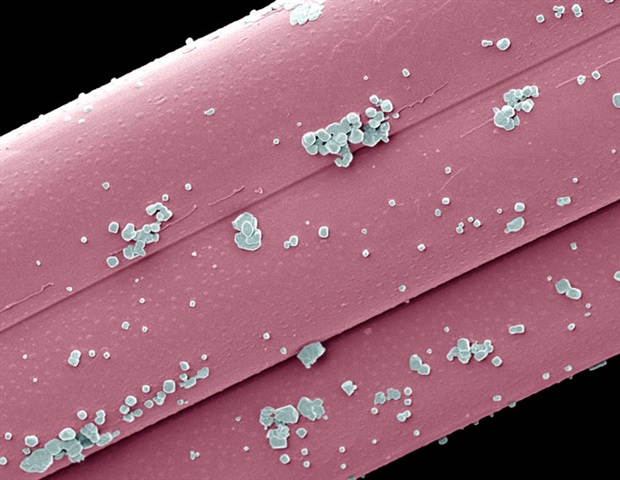Prostate cancer is the second leading cause of cancer death among American men. A ground-breaking study, conducted by researchers from the University of Virginia, Mount Sinai, the University of Michigan, the University of Texas and others, has demonstrated the clinical success of a new nanoparticle-based, laser-guided therapy for prostate cancer treatment. The study, which involved 44 men with localized prostate cancer, used gold nanoshellss in combination with magnetic resonance imaging (MRI) and ultrasound fusion -; an advanced technique that enhances MRI data -; to precisely target and eliminate cancerous prostate tissue.
Gold nanoshells are tiny particles, thousands of times smaller than a human hair, that can be engineered to strongly absorb specific wavelengths of light and generate heat. In this case, gold nanoshells were designed to accumulate in the tumors, allowing for highly targeted near-infrared laser treatment that heats and destroys the cancerous tissue while sparing surrounding healthy cells. This innovative method, called nanoparticle-directed focal photothermal ablation, successfully eliminated cancerous cells in 73% of patients after 12 months, as confirmed by negative biopsies in the treated areas.
Importantly, the treatment was able to achieve these results while preserving key functions, including urinary and sexual health, and without observed side effects, marking a significant improvement in the quality of life for patients. "Our findings represent a .


















